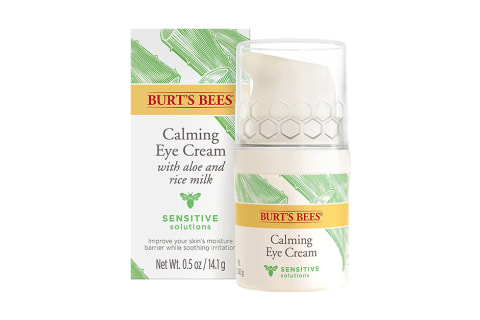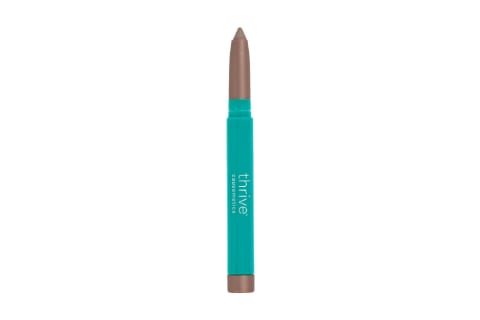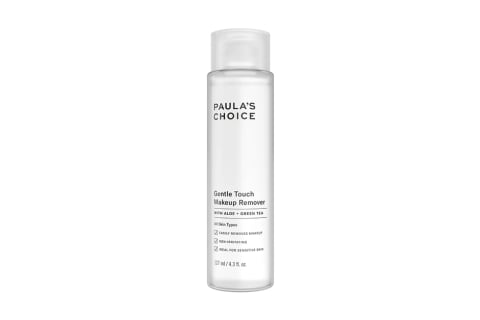If you don’t know why your lids are drying out, we’ve got you covered. Plus, what to do next, when to see a doctor, and some of the best products for dry, sensitive lids. This is one reason why the under-eyes and eyelids tend to age quickly, showing fine lines and wrinkles before other, thicker parts of the face like the cheeks. The eye itself is also prone to irritation—just think about how easy it is to get eye shadow, eyeliner, eyelashes, or even dust and smaller particles stuck in there. Plus, there are hair follicles where your lashes and brows grow, which is another spot that’s prone to infection and irritation. Not to mention, plenty of people wear eye makeup every single day. Whether it be shadow, liner, or mascara, prioritizing clean ingredients is a must given that the product is so close to your eye. With all of these factors combined, it’s no wonder the eyes are more prone to dryness and irritation. If you’ve had dry, flaky, or rashy eyes before, you’re certainly not alone. The causes of dry eyelids vary greatly—the most common below. “Chronic rubbing can cause lichenification of the skin—darkening and thickening,” board-certified dermatologist Hadley King, M.D., tells mbg. “Also, rubbing the eyes increases risk of exposing this delicate skin to something on the fingers that could trigger contact dermatitis,” she continues. More on dermatitis in a bit. What’s more, plenty of people often forget about the eyelids when layering hydrating serums and moisturizers on. While you should be more careful about which products you select, the eye skin does need some TLC too. We’ll go over how to find the best products below. Especially for those living in cities or other high-pollution areas, your skin is more subject to oxidative stress—which, in essence, is when molecules called free radicals cause damage to skin cell structure and DNA4. In fact one of the most common eye irritants comes from a surprising place: “Interestingly, eyelids are a common location for allergies to nail products to show up because the skin on our fingers is thick and robust, while the skin on our eyelids is thin and delicate,” she continues. Of course, keeping your eye products clean is a must—but you may want to consider opting for clean, nontoxic nail polish as well—here are a few of our favorite brands to get you started. “When we’re on screens, we only blink half as often as we do normally,” optometrist Mary Ann Ellement, O.D., once told mbg. See, sleeping in your makeup may increase the chance that the products drip into the eye itself or sit on the lid for too long and cause irritation. More on spotting clean products below. Use a gentle makeup remover, such as an oil cleanser or micellar water to remove your eye makeup (on the lid, lashes, and under the eyes) before cleansing and keep the cleanser away from these delicate areas. Even if you don’t think you’re spreading the product where it shouldn’t go, you might not be washing your hands after applying the serum and before applying your moisturizer or eye cream. A caveat: Some retinols or serums are formulated for the eye area specifically—those are usually fine, although you will likely want to proceed with caution if you have sensitive lids. If you want even more protection, apply your eye cream or an occlusive oil to the eyelids and under eyes before using your potent serums. This will help protect the skin going forward in your routine. Switching to clean and natural eye products is a must. This will help minimize irritation to the dry area and prevent future dryness. Look for cream eye shadows and eyeliners rather than drying powder shadows. Be sure to keep your mascara as natural as possible as well—here are our top picks if you’re ready to shop.





